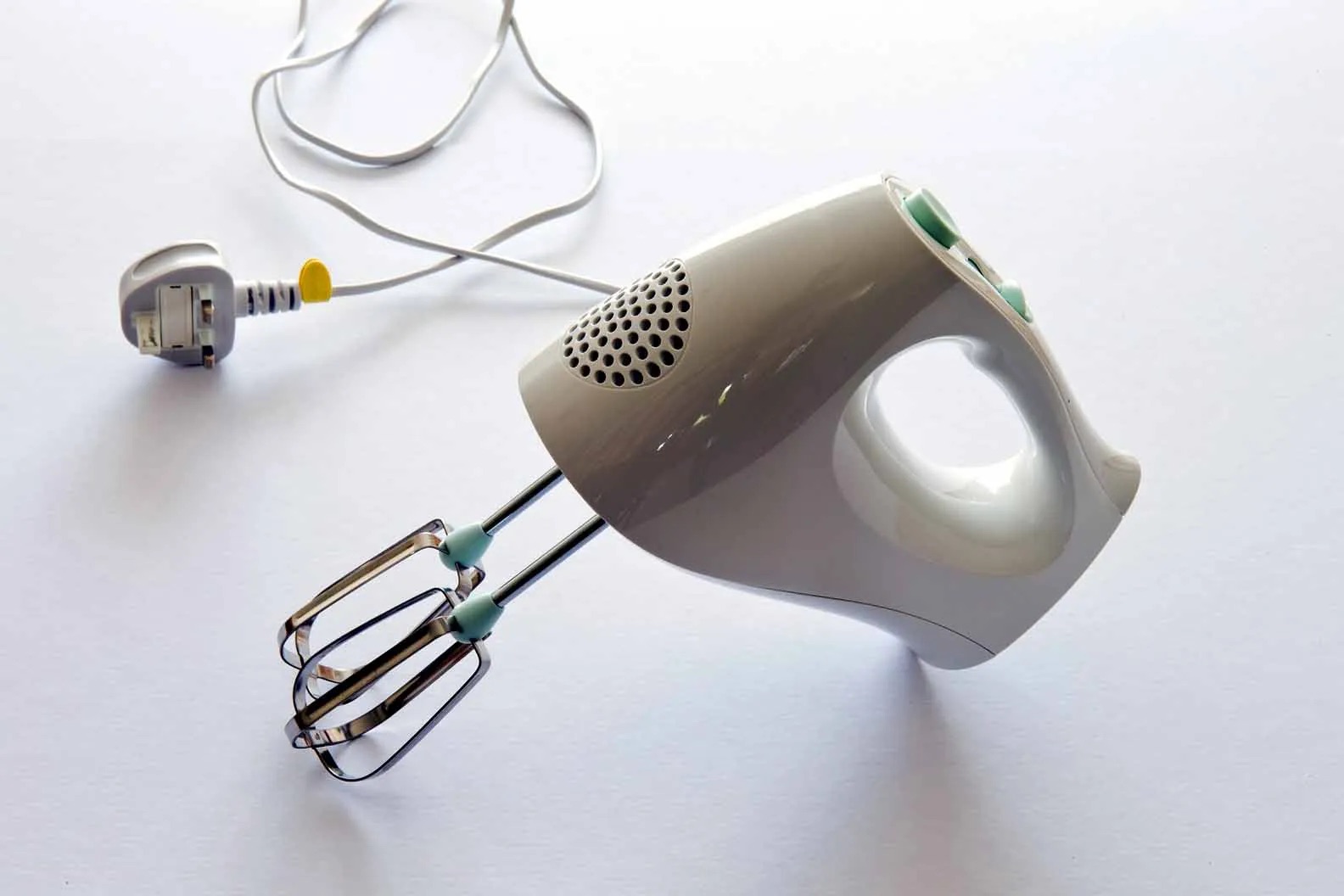

Articles
When Was The Electric Mixer Invented
Modified: September 1, 2024
Discover the fascinating history and timeline of the electric mixer. Read our informative articles to learn about the invention and evolution of this kitchen essential.
(Many of the links in this article redirect to a specific reviewed product. Your purchase of these products through affiliate links helps to generate commission for Storables.com, at no extra cost. Learn more)
Introduction
The electric mixer has become an indispensable appliance in modern kitchens, making tasks such as baking and cooking significantly easier. It has revolutionized the way we prepare food and has become a staple in households around the world. However, have you ever wondered when this marvel of kitchen technology was actually invented?
In this article, we will delve into the fascinating history of the electric mixer. We will explore the early developments of mixers, the invention of the first electric mixer, its commercial success and growing popularity, advancements in electric mixer technology, and the impact it has had on our daily lives.
So, let’s turn back the clock and journey through time to discover the origins of this essential kitchen appliance.
Key Takeaways:
- The electric mixer, invented in the early 20th century, revolutionized cooking and baking by saving time, ensuring consistency, and inspiring culinary creativity.
- With advancements in technology and design, electric mixers have become versatile, efficient, and essential tools in modern kitchens, impacting family traditions and professional cooking alike.
Read more: When Was The Stand Mixer Invented
Early Developments of Mixers
The concept of mixing ingredients dates back centuries, with early manual tools like the pestle and mortar being used to combine ingredients. However, it wasn’t until the 19th century that mechanical mixers began to emerge.
One of the first significant advancements in mixer technology was the mechanical egg beater, which was patented by American inventor Willis Johnson in 1884. This handheld device featured a crank handle that rotated a set of beaters, allowing for more efficient and effortless mixing.
As the demand for more efficient mixing tools grew, inventors began to experiment with different designs and mechanisms. In 1908, engineer Herbert Johnson developed the first countertop stand mixer. This heavy and bulky machine revolutionized the way ingredients were mixed by utilizing a rotating electric motor to power the beaters. Johnson’s creation laid the foundation for the electric mixer we know today.
Shortly after Johnson’s invention, other inventors began to develop their own versions of electric mixers. In 1914, Hobart Manufacturing Company introduced the first commercial electric stand mixer, known as the KitchenAid Model H-5. This mixer featured a bowl-lift design, a powerful ½ horsepower motor, and a variety of attachments that made it versatile for different kitchen tasks.
These early electric mixers were primarily used in commercial kitchens, such as bakeries and restaurants. Due to their size, weight, and cost, they were not yet practical for home use. However, their introduction marked a significant turning point in the history of mixers, foreshadowing the developments that would make them accessible to everyday consumers.
Let’s now explore when the first electric mixer designed for home use was invented and how it brought this innovative kitchen appliance into our homes.
*/
The First Electric Mixer
The first electric mixer designed specifically for home use was invented in 1919 by engineer Egmont Ahrens. Ahrens, an employee of the Hobart Manufacturing Company, developed a smaller and more lightweight electric mixer that was suitable for residential kitchens.
Ahrens’ creation, known as the KitchenAid Model 3, was a compact stand mixer that featured a motor housed within the base. This design allowed for easy operation and convenient countertop placement. The Model 3 also introduced a feature that would become synonymous with electric mixers – interchangeable attachments. Users could attach beaters, whisks, and dough hooks to the mixer, enabling them to perform a wide range of mixing tasks.
The KitchenAid Model 3 became an instant hit among home cooks and bakers. Its compact size, versatility, and ease of use made it a game-changer in the kitchen. People no longer had to rely on manual hand mixers or spend hours whisking and kneading by hand. With the electric mixer, they could achieve faster and more consistent results without the physical effort.
It didn’t take long for other companies to recognize the potential of the electric mixer in the residential market. By the 1920s, several manufacturers had introduced their own versions of electric mixers, each with their own unique features and designs.
One notable competitor was the Sunbeam Mixmaster, introduced in 1930 by the Chicago Flexible Shaft Company (later known as Sunbeam Corporation). The Mixmaster featured a distinctive “bowl-in-bowl” design, where the beaters rotated within a stationary mixing bowl. This innovation allowed for more thorough and efficient mixing, ensuring that all ingredients were thoroughly incorporated.
With the introduction of these affordable and convenient electric mixers, the way people cooked and baked at home was transformed. Home cooks were able to achieve professional results with greater ease and efficiency, and baking became a more enjoyable and accessible activity for many households.
The success and popularity of the first electric mixers paved the way for continued advancements in technology and design. In the next section, we will explore the significant improvements and innovations that have made electric mixers even more versatile and efficient over the years.
Commercial Success and Popularity
Following their introduction into the residential market, electric mixers gained immense popularity and quickly became a staple in kitchens worldwide. The convenience and efficiency they offered revolutionized the way people prepared food and baked.
Manufacturers recognized the increasing demand for electric mixers and competed to offer more features and improved designs. The availability of different models and brands allowed consumers to choose a mixer that met their specific needs and preferences.
During the 1930s and 1940s, the Great Depression and World War II contributed to the rise in home baking and cooking. Electric mixers became essential tools for households, enabling families to make bread, cakes, and other baked goods economically at home. The added convenience of mixers made it easier for people to incorporate homemade meals into their daily lives.
As time went on, electric mixers continued to evolve. Manufacturers introduced speed settings, pulse functions, and tilt-head designs that made it easier to add ingredients and access the mixing bowl. Mixer attachments were expanded to include pasta makers, juicers, and meat grinders, further increasing the versatility of these appliances.
In the 1950s, iconic designs and vibrant colors became popular for electric mixers. Manufacturers like KitchenAid and Sunbeam began offering mixers in a variety of stylish colors, making them not only practical appliances but also eye-catching additions to the kitchen.
The commercial success of electric mixers extended beyond the home kitchen. These appliances became indispensable in professional bakeries, restaurants, and catering services. The ability to mix large quantities of dough and batter quickly and consistently greatly increased productivity in commercial settings.
The popularity of electric mixers continued to soar in the latter half of the 20th century. They became wedding registry staples and sought-after gifts for new homeowners. Electric mixers became a symbol of modernity and convenience, and owning one was considered a status symbol.
In recent years, the rise of cooking shows, baking competitions, and online recipe sharing platforms has further fueled the fascination with electric mixers. They are often prominently featured in cooking programs and are praised by professional chefs for their efficiency and versatility.
Today, electric mixers are available in various sizes, designs, and price ranges, catering to different needs and budgets. They have evolved to include advanced features such as digital controls, timers, and even Bluetooth connectivity.
The commercial success and enduring popularity of electric mixers can be attributed to their ability to simplify and expedite the mixing process. Whether it’s whipping up a fluffy cake batter, kneading bread dough, or creating a creamy frosting, electric mixers have become an essential tool in the modern kitchen.
The electric mixer was invented in 1885 by Rufus Eastman, who patented the first electric mixer for kitchen use. This invention revolutionized the way people prepared food and is still widely used today.
Advancements in Electric Mixers
Advancements in technology have led to significant improvements and innovations in electric mixers over the years. Manufacturers continue to push the boundaries, introducing new features and functionalities to enhance the mixing experience for users.
One notable advancement is the introduction of planetary mixing action. This unique mechanism involves the beater rotating in one direction while simultaneously moving around the bowl in the opposite direction. This multidimensional movement ensures that all ingredients are thoroughly mixed, resulting in more consistent and evenly blended mixtures.
Variable speed settings have also become a standard feature in modern electric mixers. Users can now adjust the speed of the beaters according to their specific mixing needs. This allows for greater precision and control, whether you need to gently fold in delicate ingredients or whip up a high-speed meringue.
Another significant advancement is the incorporation of advanced motor technology. Powerful yet quiet motors now drive electric mixers, ensuring efficient mixing while minimizing noise. This improvement not only enhances the user experience but also opens up more possibilities for those who prefer to bake or cook in shared living spaces.
Design-wise, electric mixers have become more sleek, compact, and aesthetically pleasing. With the rise of open-concept kitchens and limited counter space, manufacturers have focused on creating mixers that are not only functional but also visually appealing. Many modern mixers come in a range of colors and finishes, allowing users to choose one that complements their kitchen decor.
In addition to the standard mixing attachments, such as beaters and dough hooks, electric mixers now offer a wide range of specialized attachments. These attachments expand the capabilities of the mixer, allowing users to make pasta, grind meat, shred cheese, and more. With these versatile attachments, electric mixers have become multi-purpose kitchen appliances that can tackle a variety of culinary tasks.
Wireless and smart technology has also made its way into electric mixers. Some models feature Bluetooth connectivity, allowing users to control their mixer remotely through a smartphone app. This level of convenience enables users to monitor and adjust settings without being physically next to the mixer.
Furthermore, digital displays and touchpad controls have become more prevalent in modern electric mixers. These features provide users with easy-to-read information and intuitive operation, making the mixing process more efficient and user-friendly.
As technology continues to advance, we can expect further enhancements and innovations in electric mixers. From improved automation to integrated scales and recipe guides, the possibilities are endless.
These advancements in electric mixer technology have transformed the way we mix ingredients in the kitchen. They have increased efficiency, precision, and versatility, allowing home cooks and professional chefs alike to achieve superior results with ease.
Read more: When Was The Electric Kettle Invented
Impact and Influence of Electric Mixers
The invention and widespread adoption of electric mixers have had a profound impact on the way we cook, bake, and prepare food. Here are some of the key ways in which electric mixers have influenced our culinary experiences:
Time and Effort Saving: Electric mixers have significantly reduced the time and physical effort required for mixing ingredients. What would have taken hours of hand beating or kneading can now be accomplished in a matter of minutes with the help of a mixer. This time-saving aspect has made baking and cooking more accessible and appealing to a wider range of individuals.
Consistency and Precision: Electric mixers ensure consistent mixing results, as they maintain a steady speed and incorporate ingredients evenly. This consistency is especially crucial when preparing delicate recipes like sponge cakes or meringues. It allows for precise control over the texture, ensuring a consistently light and airy result each time.
Versatility and Functionality: With the availability of various attachments, electric mixers have become versatile kitchen tools capable of performing a multitude of tasks. From whisking egg whites to kneading dough and even grinding meat, the attachments expand the functionality of electric mixers and eliminate the need for separate appliances, saving valuable kitchen space and money.
Efficient Mixing for Professionals: In professional kitchens, electric mixers have revolutionized the way chefs and bakers work. These powerful appliances can handle large batches of ingredients, allowing for mass production and consistent quality. The ability to mix quickly and efficiently has increased productivity and streamlined processes in commercial settings.
Creative Exploration: Electric mixers have encouraged home cooks and bakers to explore and experiment with various recipes and techniques. The ease of mixing has spurred creativity in the kitchen, leading to the development of new flavor combinations, innovative techniques, and unique culinary creations. Electric mixers have empowered individuals to push the boundaries of their culinary abilities.
Family Traditions and Bonding: Electric mixers have played a role in preserving and passing down family recipes and traditions. Many families have treasured recipes that have been handed down through generations, and the use of electric mixers in these recipes can create a sense of connection and nostalgia. Gathering around the kitchen, teaching younger generations the techniques of mixing, and experiencing the joy of creating together have become cherished moments for many.
Overall, electric mixers have had a significant influence on the way we approach cooking and baking. They have transformed the kitchen from a labor-intensive environment to a space of convenience, creativity, and efficiency. Whether you are a professional chef preparing exquisite culinary creations or a home cook enjoying the pleasures of homemade baking, the electric mixer is an indispensable tool that has enhanced our culinary experiences and inspired us to create delicious meals and treats.
Conclusion
The invention and evolution of the electric mixer have truly revolutionized the way we approach cooking and baking. From the early developments of mechanical mixers to the introduction of the first electric mixer, this kitchen appliance has become an indispensable tool in households and professional kitchens around the world.
The convenience, time-saving capabilities, and versatility of electric mixers have had a profound impact on our culinary experiences. We no longer have to rely on manual hand mixing or spend hours kneading dough by hand. The electric mixer has made it possible to achieve consistent results with minimal effort, allowing us to explore new recipes, techniques, and flavors.
Electric mixers have not only transformed the way we prepare food but also influenced our everyday lives. They have become fixtures in kitchens, representing modernity, convenience, and creativity. With advancements in technology, mixers now offer features like variable speed settings, planetary mixing action, and a range of attachments, enhancing precision, control, and versatility.
Moreover, the impact of electric mixers extends beyond functionality. They have become vessels of family traditions and bonding, as generations gather in the kitchen to create cherished recipes and pass down culinary knowledge. Electric mixers have become symbols of nostalgia and connection, anchoring us to our roots and keeping family traditions alive.
Looking ahead, the future of electric mixers holds exciting possibilities. As technology continues to advance, we can expect further improvements, smart features, and integrated functionalities. The electric mixer will continue to adapt to the changing needs and desires of home cooks and professional chefs, offering even more efficient, intuitive, and innovative mixing experiences.
In conclusion, the electric mixer has made an indelible mark on the culinary world. It has revolutionized the way we mix ingredients, saving time and effort, ensuring consistency and precision, and allowing us to explore our culinary creativity. Whether you’re a passionate baker, aspiring chef, or simply someone who enjoys cooking, the electric mixer is an essential tool that has enhanced our culinary adventures and brought joy to our kitchens.
Frequently Asked Questions about When Was The Electric Mixer Invented
Was this page helpful?
At Storables.com, we guarantee accurate and reliable information. Our content, validated by Expert Board Contributors, is crafted following stringent Editorial Policies. We're committed to providing you with well-researched, expert-backed insights for all your informational needs.
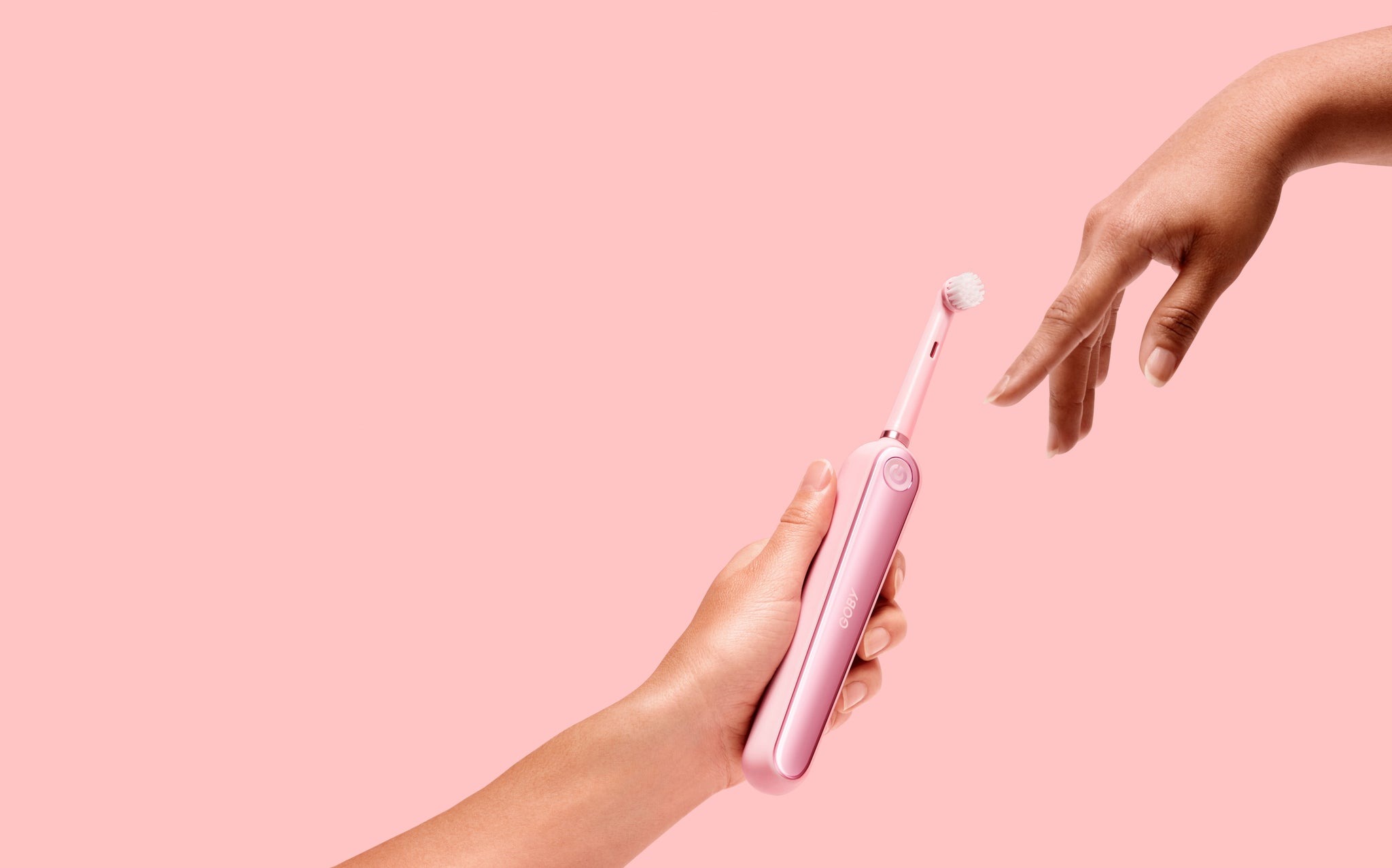
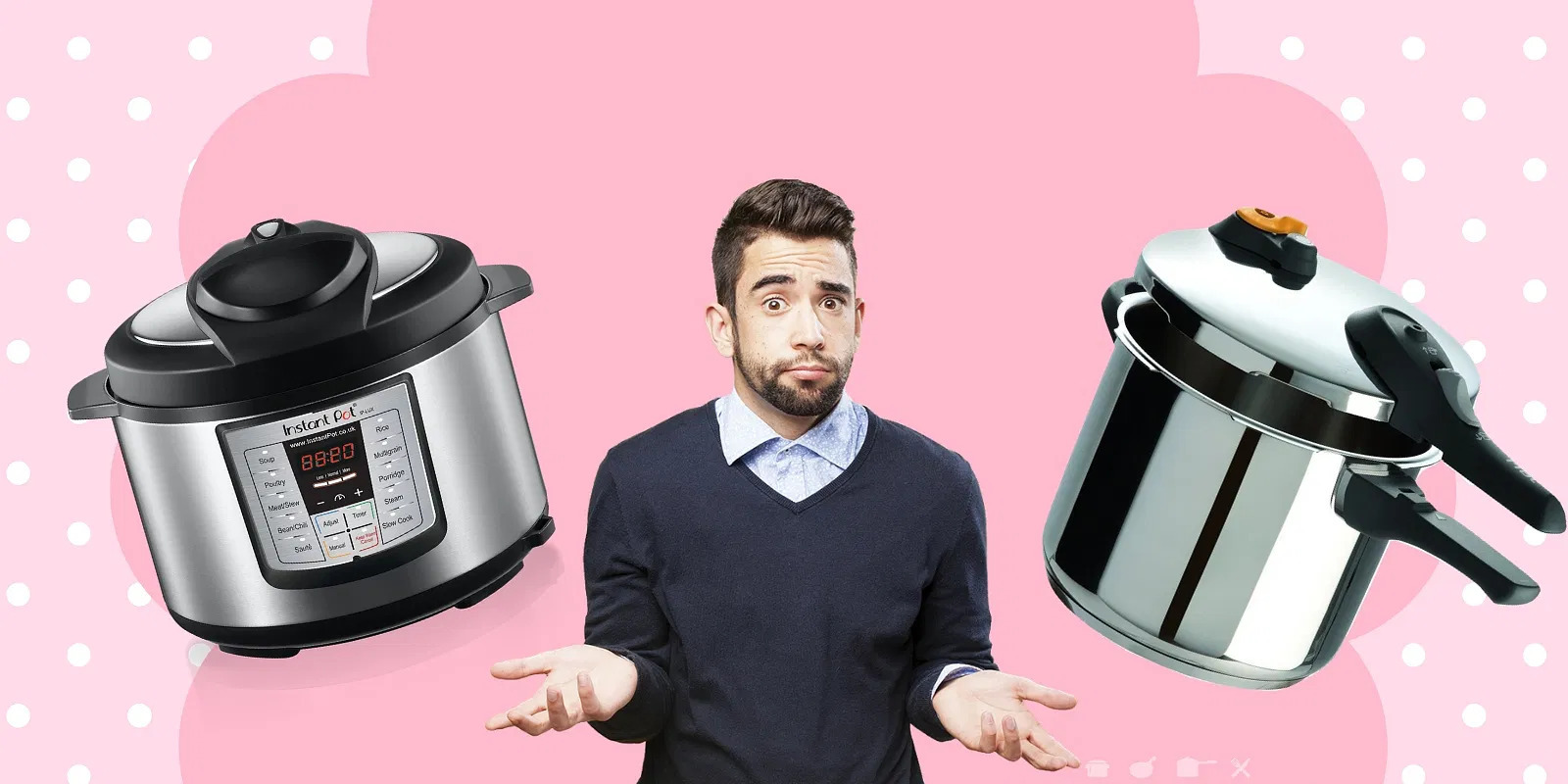
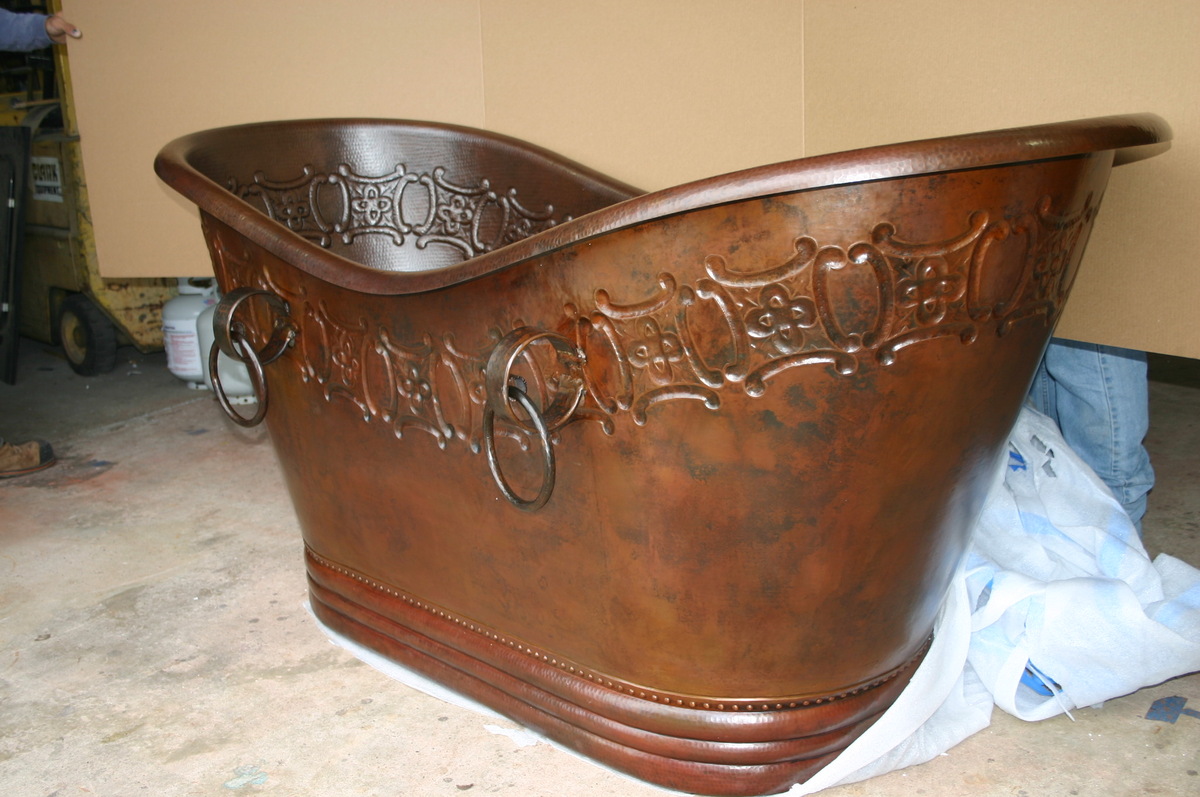

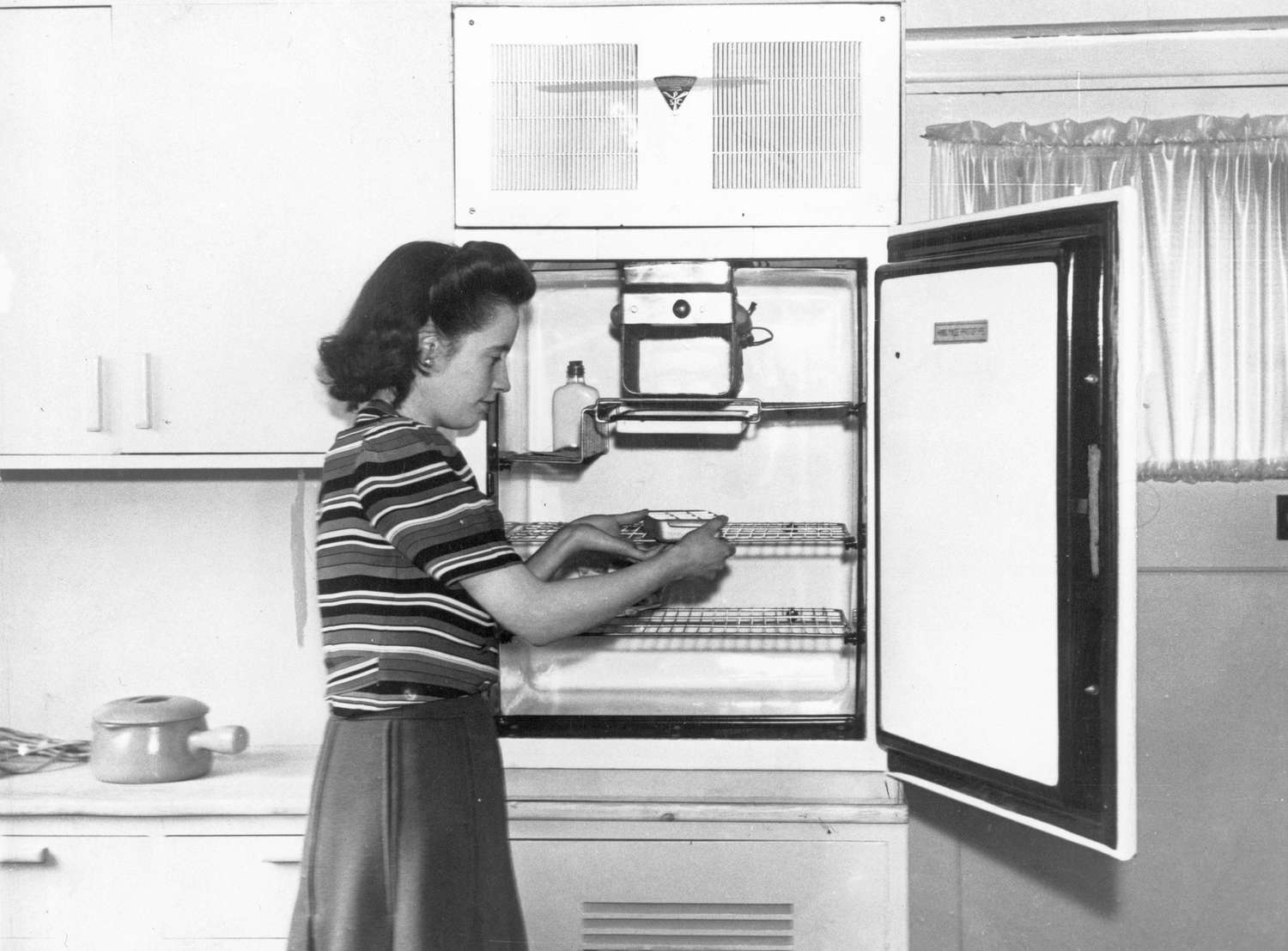



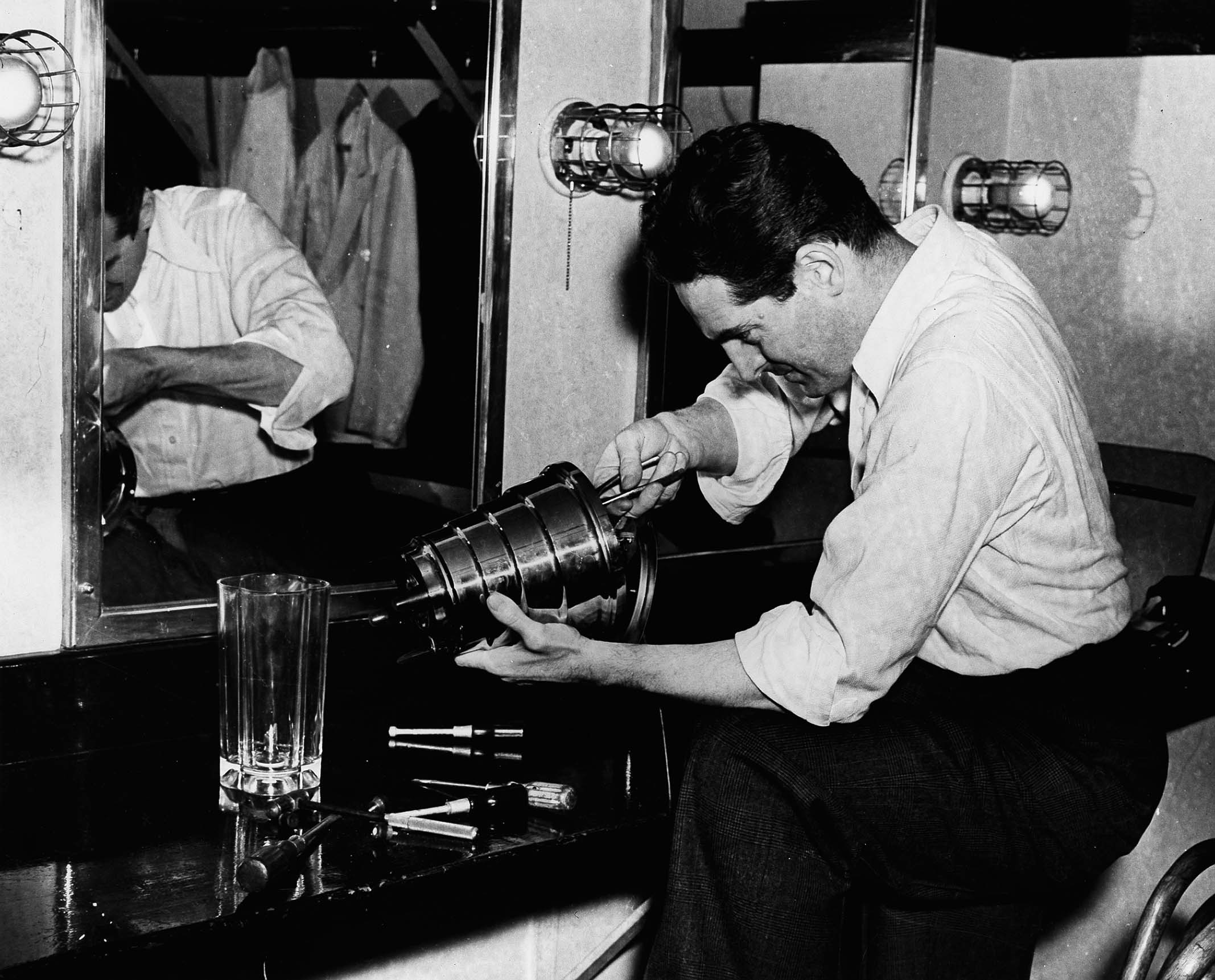
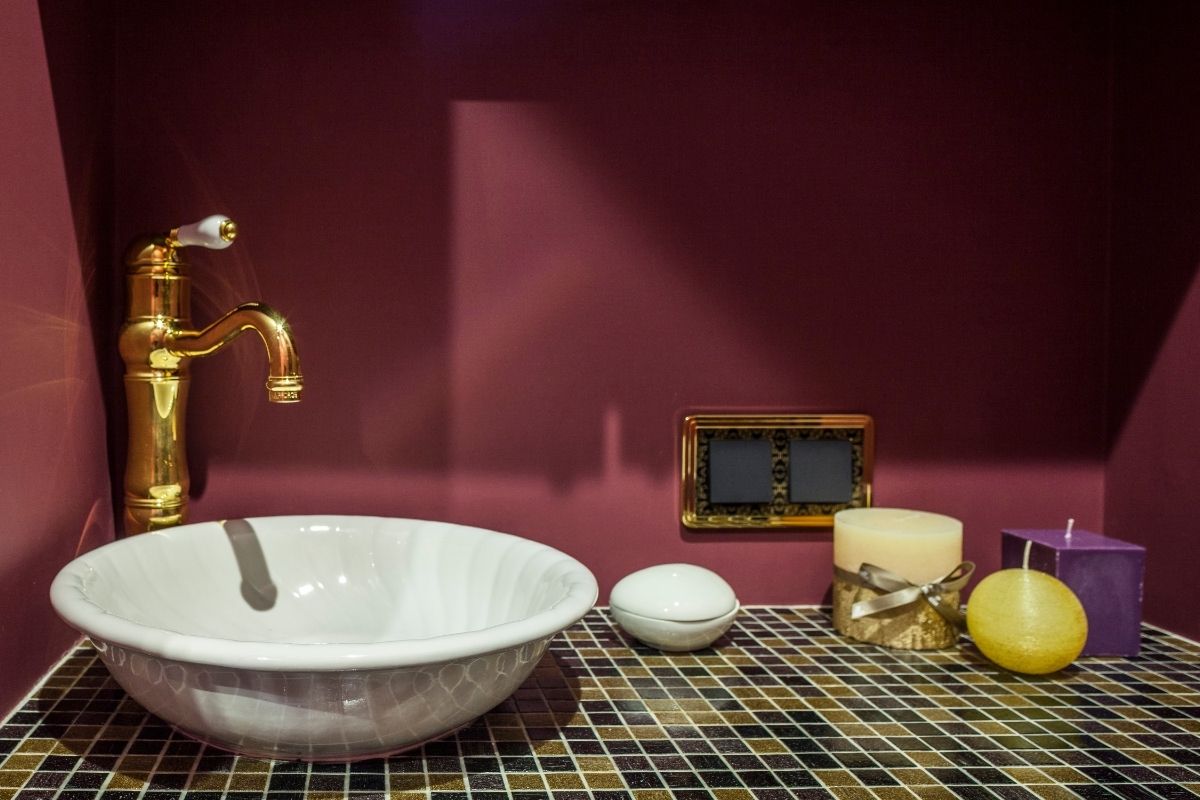

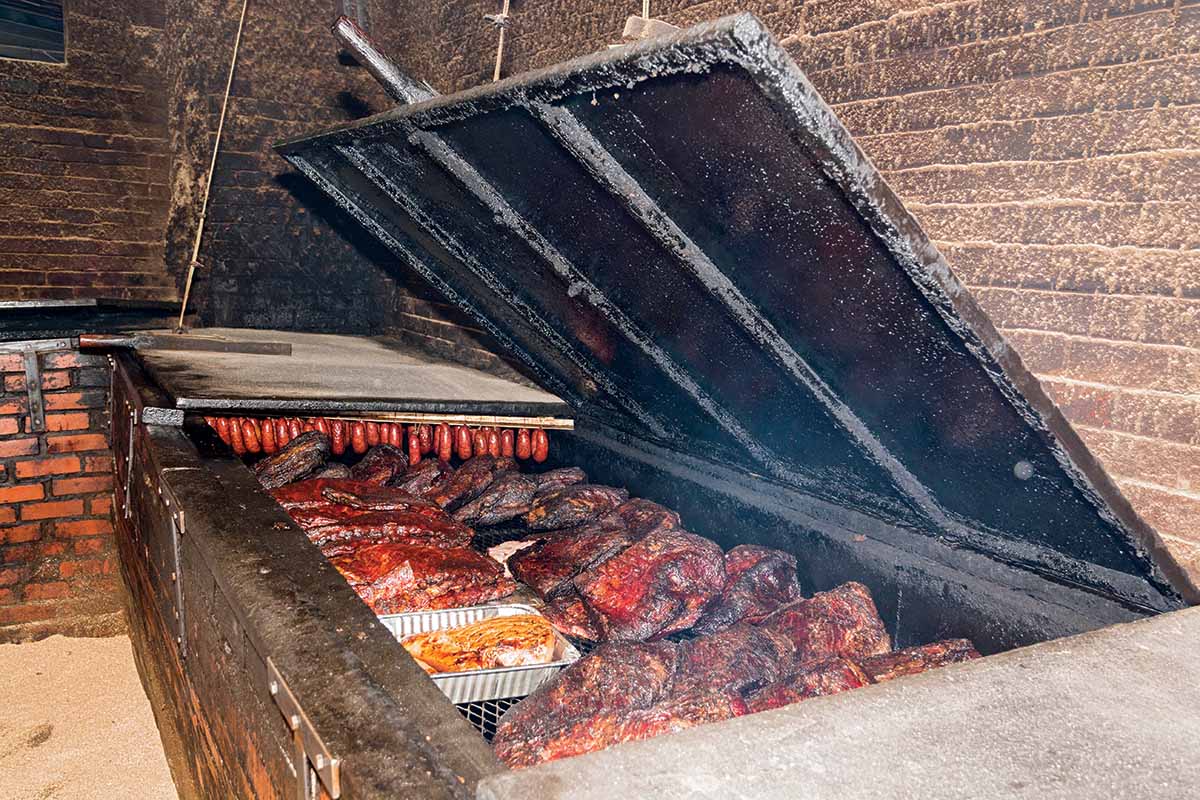
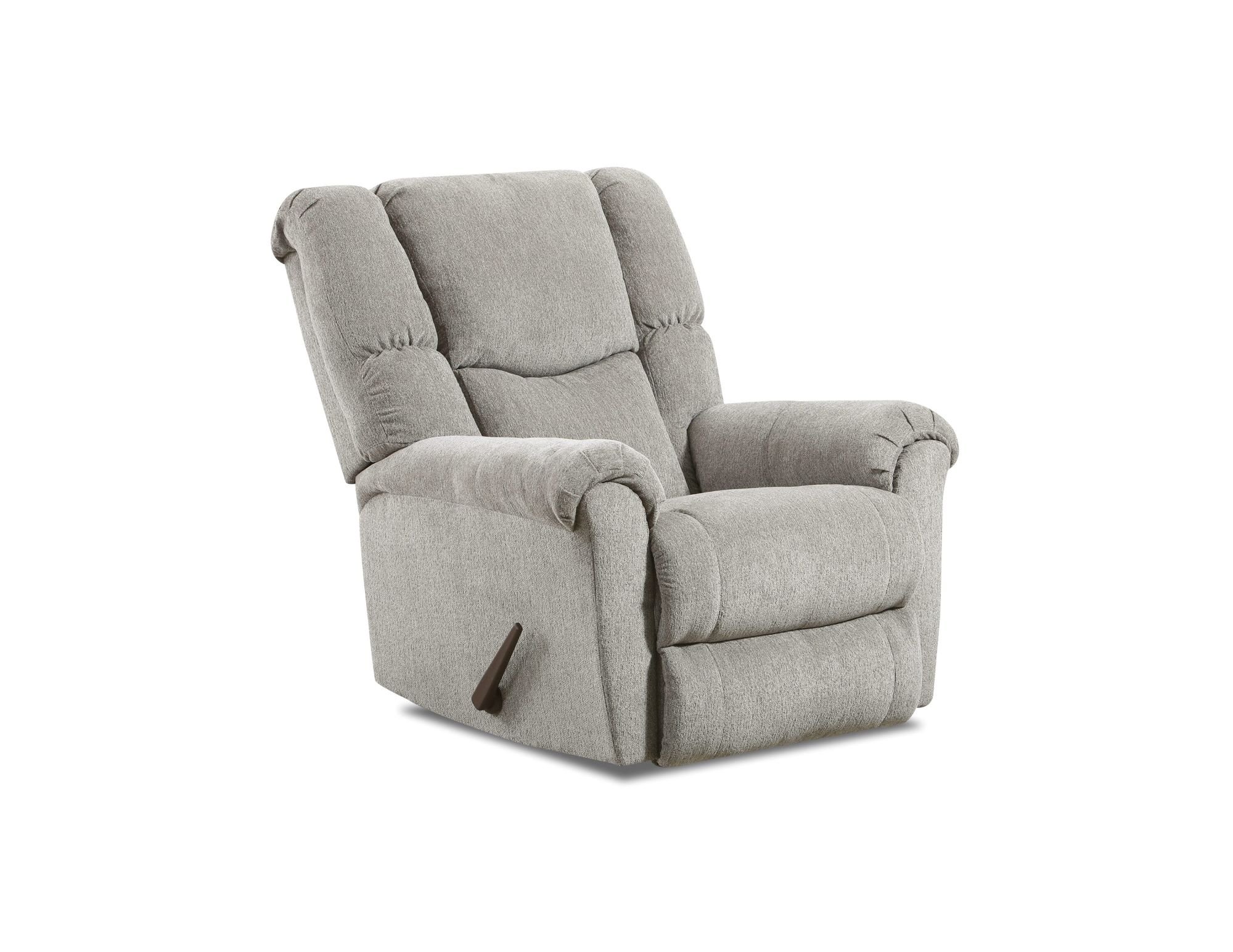
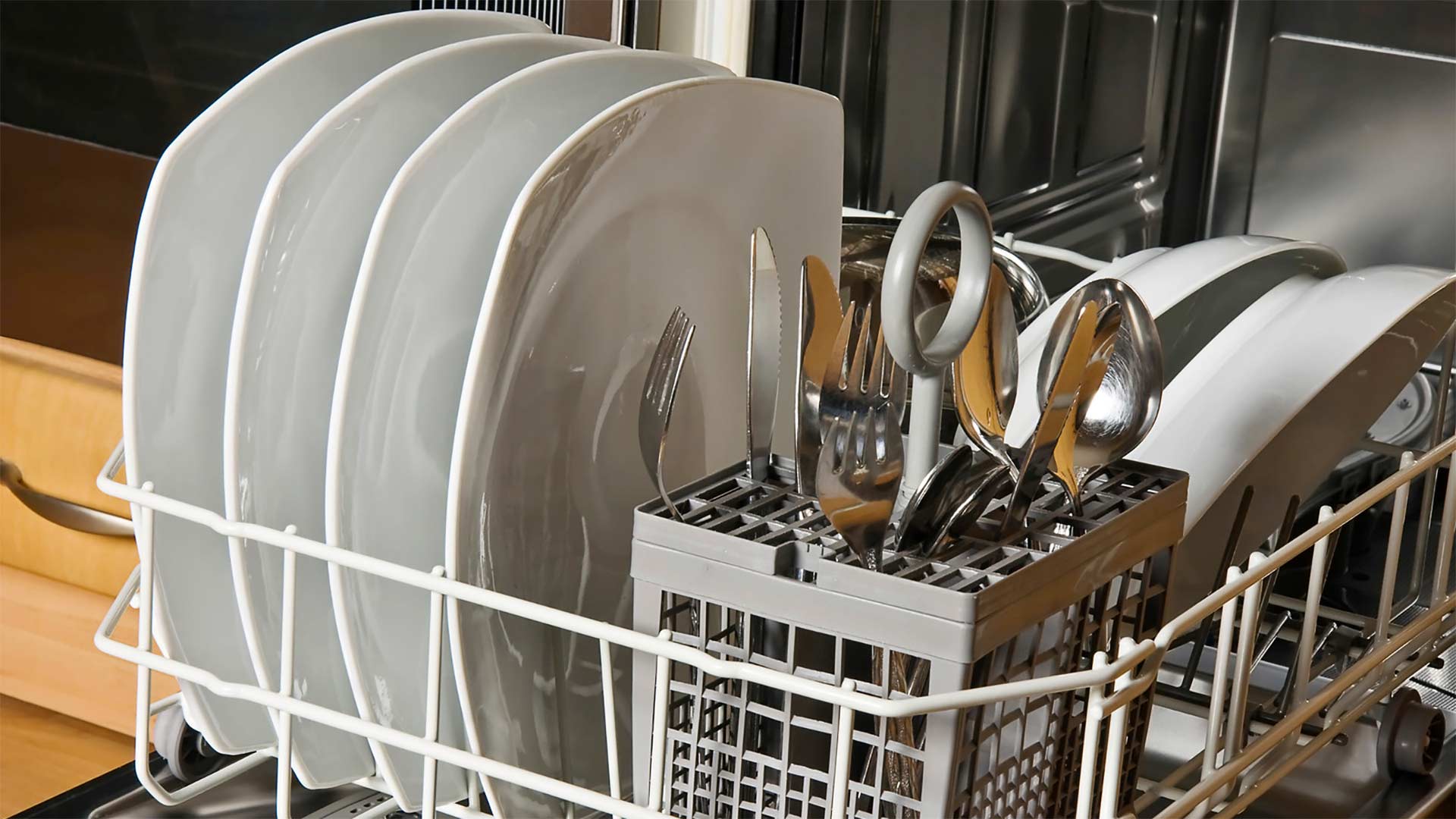

0 thoughts on “When Was The Electric Mixer Invented”